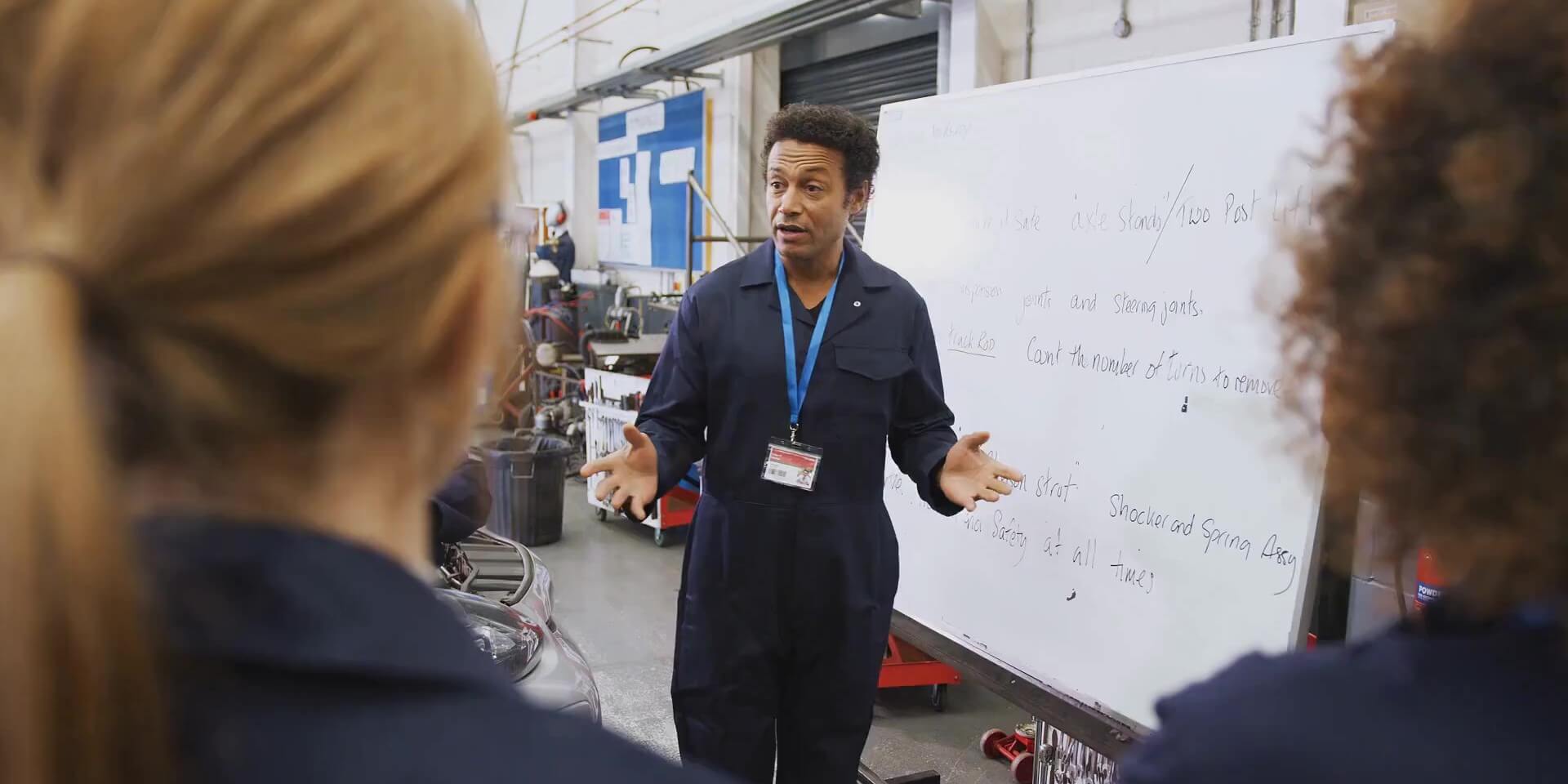The summer months provided a valuable opportunity for career and technical education (CTE) teachers to engage in instructional planning. Engaging in activities such as writing program goals, analyzing data from the previous school year, incorporating teaching strategies for a mix of learning styles, and planning major assignments can help set the stage for a successful academic year and ensure students are equipped for the next step in life. As we enter a new school year, let’s explore three tips to make the most of instructional planning.
1. Set Clear Course Goals
A course goal is a statement of a program’s intended outcome. Goals should be clear and specific, as both students and teachers will refer to them throughout the year to understand how individual concepts fit into the big picture. The authors of Your First Year in CTE: 10 More Things to Know suggest writing 10 to 12 goals per course that align with the competencies outlined by the state’s education department or the local school district. Now is an ideal time to review or update your course goals!
Let’s say a course goal for an automotive class is to “perform a diagnostic check on brake systems.” When students learn about the different parts of the brake system such as brake pads, rotors, and drums, they will have the additional context of knowing how they will be expected to show their competence. NOCTI’s Blueprints include a list of specific competencies for each occupational area and are a useful reference when writing or reviewing course goals.
2. Incorporate a Mix of Teaching Strategies for Different Learning Styles
Daily classroom activities should accommodate various learning styles. Some students might thrive in a traditional classroom setting with textbooks, while others learn more effectively through hands-on tasks. CTE programs offer an excellent opportunity to incorporate diverse instructional strategies based on CTE’s focus of career preparation. Automotive students can first discuss the major components of a car’s heating and air conditioning systems in class, before heading to the shop to inspect and service an actual vehicle. Culinary students can describe the correct technique for combining flour and butter in a roux before practicing in the kitchen.
Here are some ideas for teaching strategies that work for various learning styles:
- Have students demonstrate their expertise through student-led teaching opportunities.
- Assign projects that invite students to collaborate and problem-solve together.
- Use sample questions from NOCTI study guides to prompt students to find information in their textbooks, class notes, and resources. Review the rationale for right or wrong answers and encourage classroom discussion.
- Consider how your community can act as an extended classroom. Are there opportunities for students to showcase their skills and knowledge through internships or community service?
3. Map Out Projects and Major Assignments
After setting course goals, teachers need to design learning activities that help students reach those goals. Projects and major assignments offer students the chance to take ownership of their learning and apply their knowledge and skills to produce tangible outcomes.
A project should incorporate activities relevant to tasks performed in that career field . This might entail designing something new, assembling and testing a system, troubleshooting a problem, or addressing a community issue. For example, agriculture students could create a crop rotation plan or a soil amendment schedule based on research and industry best practices. Business students might develop a marketing strategy for a local business or create a business plan for a startup.
Here are some tips for planning projects:
- Study course goals and standards and generate a list of projects. Include smaller projects that students can complete in class and larger ones that last several days.
- List the specific skills students will need to complete projects.
- Order the projects by thinking about the progression of skills involved. Projects addressing foundational concepts should come before more complex ones.
Make the Most of Back-To-School Planning
Over our 50+ year history, NOCTI has curated and developed comprehensive resources to help CTE teachers make the most of their preparation time and provide the best possible instruction for their students.
Our newest guide, “The Secret Recipe of Rockstar Teachers,” has three researched-backed strategies designed to empower CTE teachers and help them create an environment where learners thrive. This guide is perfect for CTE teachers settling into their first year and more seasoned educators looking for professional development opportunities. You can download the guide for free here.
Our website offers additional resources, such as credential Blueprints, CTE-related blogs, on-demand webinars, and books for CTE teachers and administrators. Let us know if you have questions about our resources or services.
